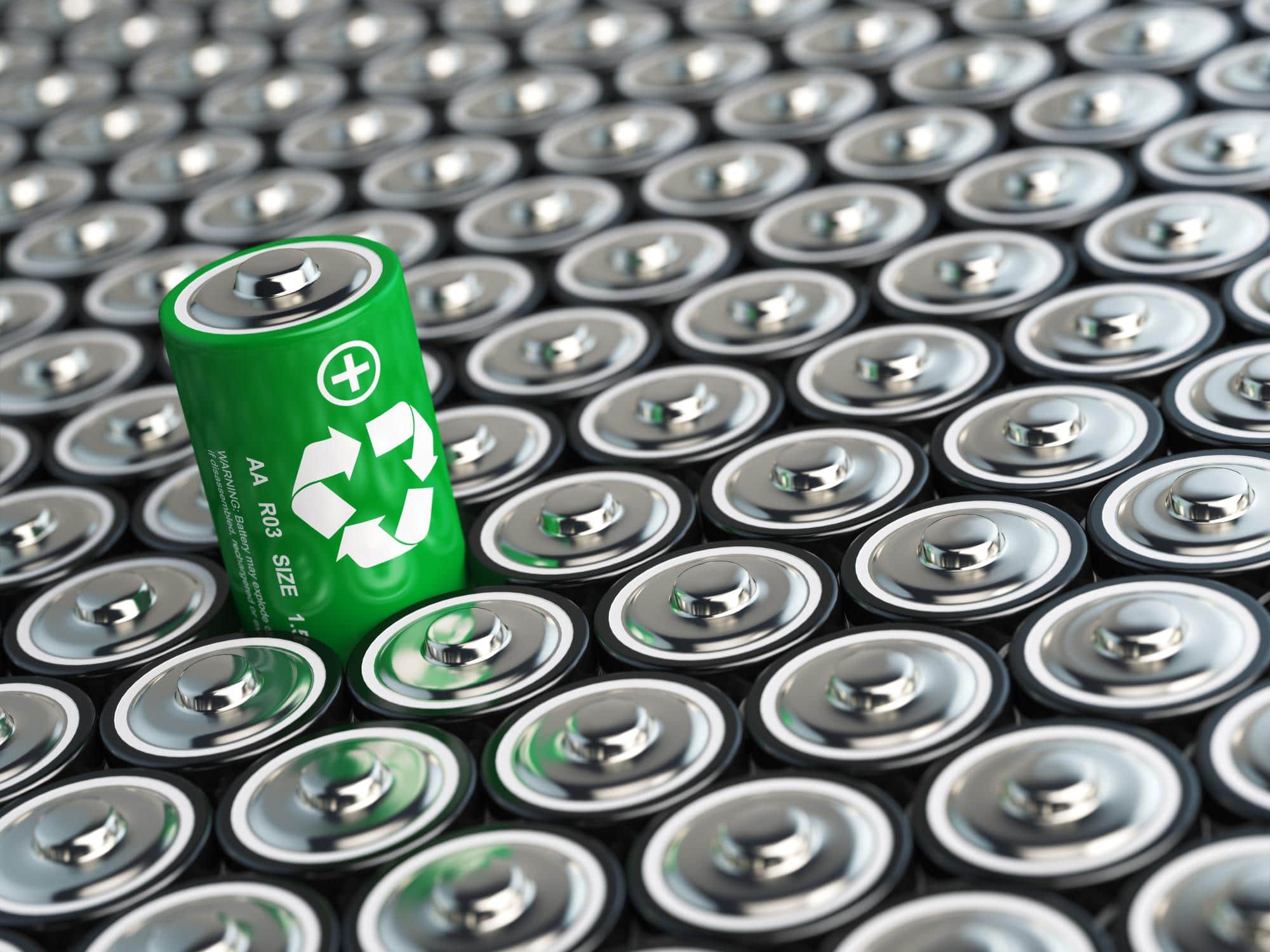Lithium-ion batteries have revolutionized the way we use portable electronic devices, electric vehicles, and renewable energy storage systems. These rechargeable batteries offer high energy density, longer lifespan, and superior performance compared to traditional alternatives.
At Magnesium Energy, we specialize in the manufacturing and recycling of lithium-ion batteries to support the growing demand for clean energy solutions. Our commitment to sustainability and innovation drives us to provide cutting-edge products and services.

Our state-of-the-art manufacturing facilities are equipped with advanced technologies and adhere to stringent quality standards to ensure the production of high-performance lithium-ion batteries. We employ a streamlined and environmentally conscious manufacturing process that involves the following key steps
We carefully select high-quality raw materials, including lithium salts, electrode materials, electrolytes, binders, and separators, from trusted suppliers.
The electrode preparation stage involves coating thin layers of active materials, such as lithium cobalt oxide (LiCoO2) for the cathode and graphite for the anode, onto metal foils.
In this stage, the prepared electrodes, along with separators and electrolytes, are assembled into cells.
Once the cells are fabricated, they are integrated into battery packs or modules based on specific application requirements.


info@magnesiumenergy.us